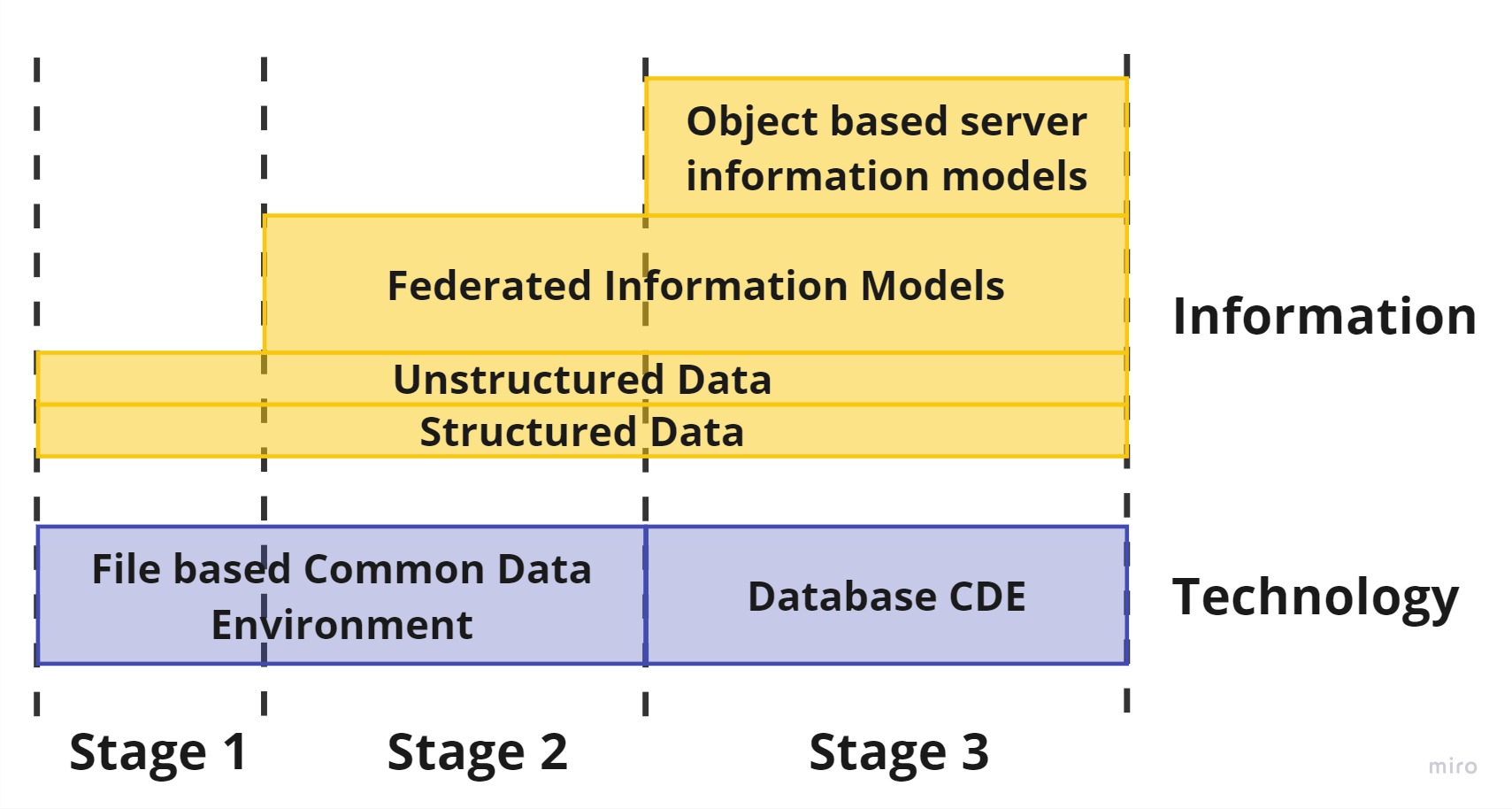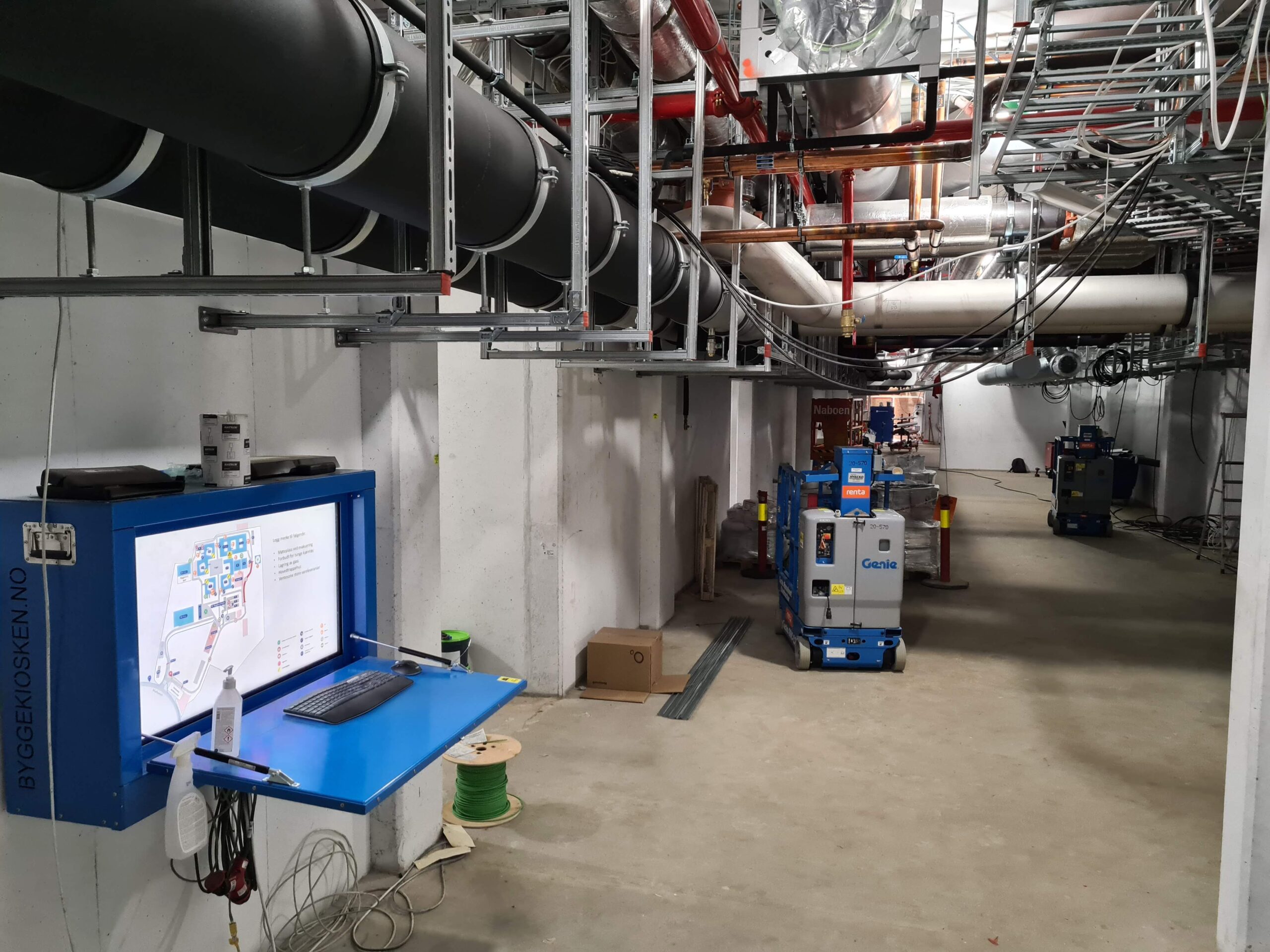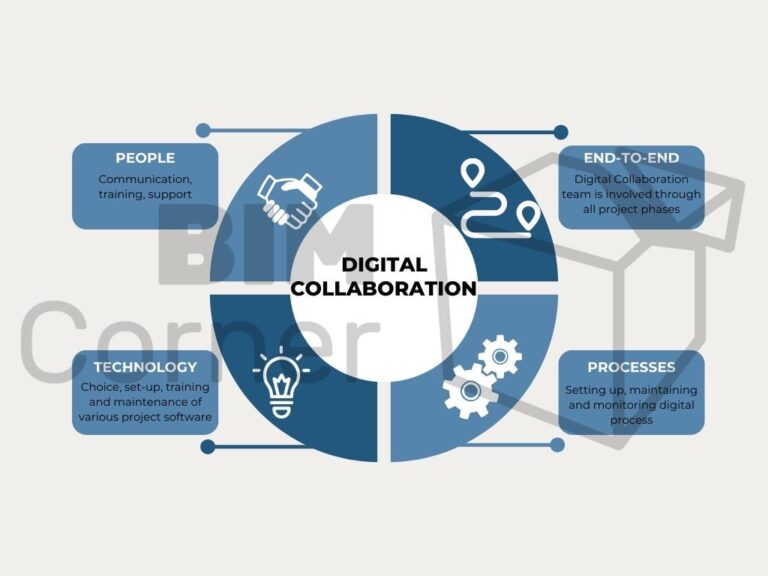In the ever-evolving field of construction and design, the integration of digital tools and technology has become essential to streamline processes, improve efficiency, and enhance collaboration. At the heart of this transformation is the Building Information Modelling methodology and the teams responsible for its implementation in the projects.
I am working as a part of such a team on the New Stavanger University Hospital project in Norway (access a Case Study about this project here!). My position is called Digital Collaboration Coordinator, but this role can have different names: Digital Lead, BIM Manager, BIM Lead, Digitalization Specialist, and so on. On my project, we are a team of three. Our roles are different from the roles of BIM Coordinators.
What is digitalization and what are the tasks of the team involved in construction digitalization? Read on. 🙂
Table of Contents
Digitalization of Construction Projects
Digitalization in the construction industry is a fundamental shift from traditional, paper-based processes to digital tools and technologies that streamline and enhance every aspect of a construction project. Referring to the digitalization of the project I’m working on – New Stavanger University Hospital (translate to English and read more)- I would put us somewhere between BIM Stage 2 and BIM Stage 3 in the BIM development schema presented in ISO 19650. We are still a file-based project (as the whole industry still is), but we heavily rely on the databases connected to our model files.
In essence, digitalization in construction means the comprehensive integration of digital tools, technologies, and workflows that enhance collaboration, reduce errors, improve project management, and enable the construction of a building without using paper drawings.
I observed, that this transformation encompasses several key areas:
Digital Project Planning
Design Integration and Automation
Digital Construction
Documentation and Handover
Digitalization of Construction Projects
Technology and Tools
People and Processes
End-to-End Collaboration
Digital Collaboration extends from the planning phase to the handover phase, covering the entire project lifecycle. It’s not limited to a particular side; instead, it serves as a bridge that connects architects, designers, contractors, owners, and all other stakeholders involved in the project.
This is probably the main difference from a standard BIM Coordinator role. Whereas BIM Coordination takes place mostly during the design and execution phase, our team has been involved since the planning phase, throughout the design and construction phase and we are still fully engaged in the project while it slowly reaches toward handover.
Digital Collaboration Coordinator responsibilities
So what are my tasks and responsibilities? I would start with a statement that Digital Collaboration Coordinators (or whatever other projects call them) are the cornerstone of successful digitalization in construction projects. They facilitate the correct use of digital tools, create procedures to follow and serve as the first line of support in solving technologically demanding problems that project stakeholders face in day-to-day work.
The spectrum of Digital Collaboration Coordinators responsibilities varies from phase to phase and they are involved throughout the whole lifespan of a project. Let me describe some example tasks depending on the stage the project is on.
Planning Phase
Design Phase
The design phase is a pivotal stage in any construction project, and it is the point where the digital collaboration coordinators truly come into play.
We set up tools for project management, issue management, and clash control, creating a robust foundation for seamless collaboration. Furthermore, we establish and maintain design routines and processes that encompass every stakeholder involved in the project: building owner, designers, contractors and suppliers. Quality assurance is another priority in this phase – our responsibility includes ensuring that models meet required standards and are error-free. Of course, our QA is only supplementary to this done by the BIM Coordinators from the design team. For example, I was only checking if model properties meet the project requirements.
Some of the routine tasks in our team are:
- Overseeing a biweekly model update and distribution
- Facilitating the transfer of data between different silos and software
- Communicating bigger changes on the project to keep all project stakeholders up to date
Construction Phase
The construction phase represents the transition from design to realization, and BIM is a key component of digital construction. The Digital Collaboration team continue to be an important facilitator in the process. One of our responsibilities is setting up and maintaining software for BIM stations for all contractors to work effectively using models on-site.
Another core responsibility is configuring, maintaining and training in the use of various software tools needed on the paperless construction site for building, issue management, staff management as well as monitoring HSE.
Hand-over
The final phase of the project is the handover, where the constructed project is delivered to the owner. The work for the digital collaboration team is far from over.
An organized handover is crucial for a successful project conclusion. We ensure that the process for documentation collection is in place for a smooth transition to the owner. Connecting the project information model with product data and MOM (Maintenance, Operations, and Management) documentation is one of the prerequisites for the digitalization of construction projects. Our team takes charge of setting up this process, ensuring that the database is capable of handling delivered data and connecting it to the models.
Conclusion
In an era where digitalization is reshaping the construction industry, the role of the digital leaders is undeniably crucial. They are the keepers of seamless collaboration, ensuring that all phases of the construction project run smoothly, from planning and design to construction and handover. As technology continues to play a pivotal role in the industry, the expertise of digital collaboration teams becomes increasingly invaluable in delivering successful and efficient construction projects.











